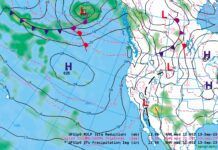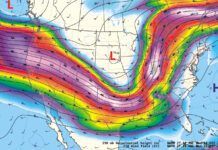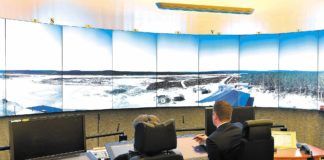Regulations are often vague, occasionally on purpose. What do you need to log instrument experience in an airplane? The rules state the tasks must be performed in “actual weather conditions, or under simulated conditions using a view-limiting device.” I get a kick out of the wording, when are you not flying in “actual weather,” whether VMC or IMC?
Obviously the feds intended actual instrument weather, meaning conditions less than VMC. This doesn’t mean you actually have to be in the clouds, just closer to them than VMC permits. Logging holding, and intercepting and tracking courses under these conditions is straight forward, but what about an approach. When can approach be logged?
This was a hot topic last century. The early nineties saw a couple of attempts by the Feds to answer this question. Chief Counsel provided some guidance, indicating an approach must be followed to the MDA or DH. Everything else, likely intentionally because the Feds had opportunities to clarify the rule, is open to interpretation. Does a whole approach have to be done in IMC or simulated IMC? Does any IMC on an approach work? Must you be IMC past the FAF? There’s no official guidance so you have to decide for yourself.
Anytime I’m at the controls in IMC past the FAF, it goes in my logbook because I figure getting established and starting down are the hardest parts of an approach. Editor Bowlin takes a somewhat tougher view in that he won’t log an approach unless he’s in actual IMC until within 500 feet of the minimum. The key is doing a realistic assessment of what will keep you proficient. A logbook filled with approaches won’t stop the prying of an inspector if your landing gear is filled with garland from the pine trees on final. Choose wisely. —JM




